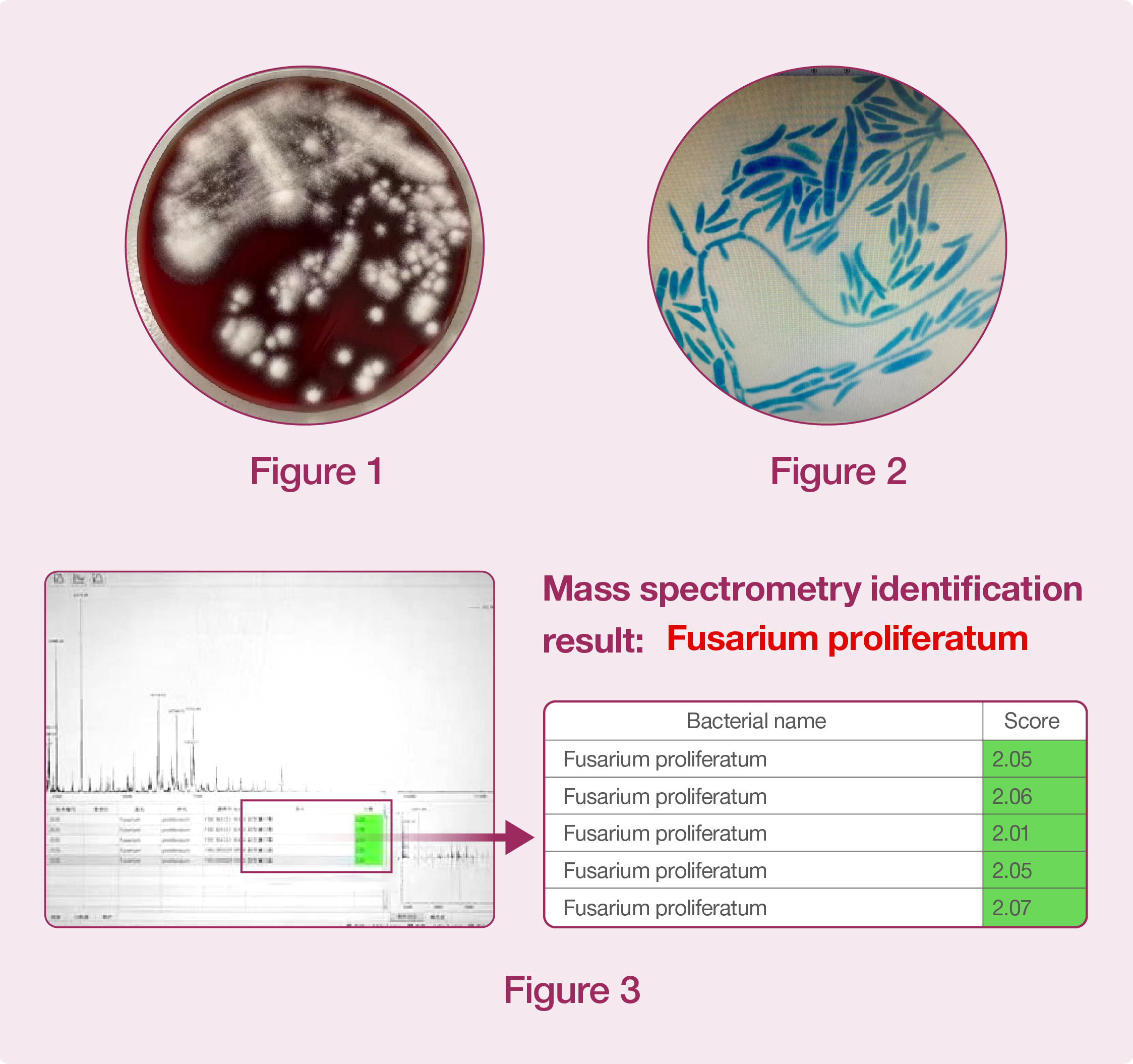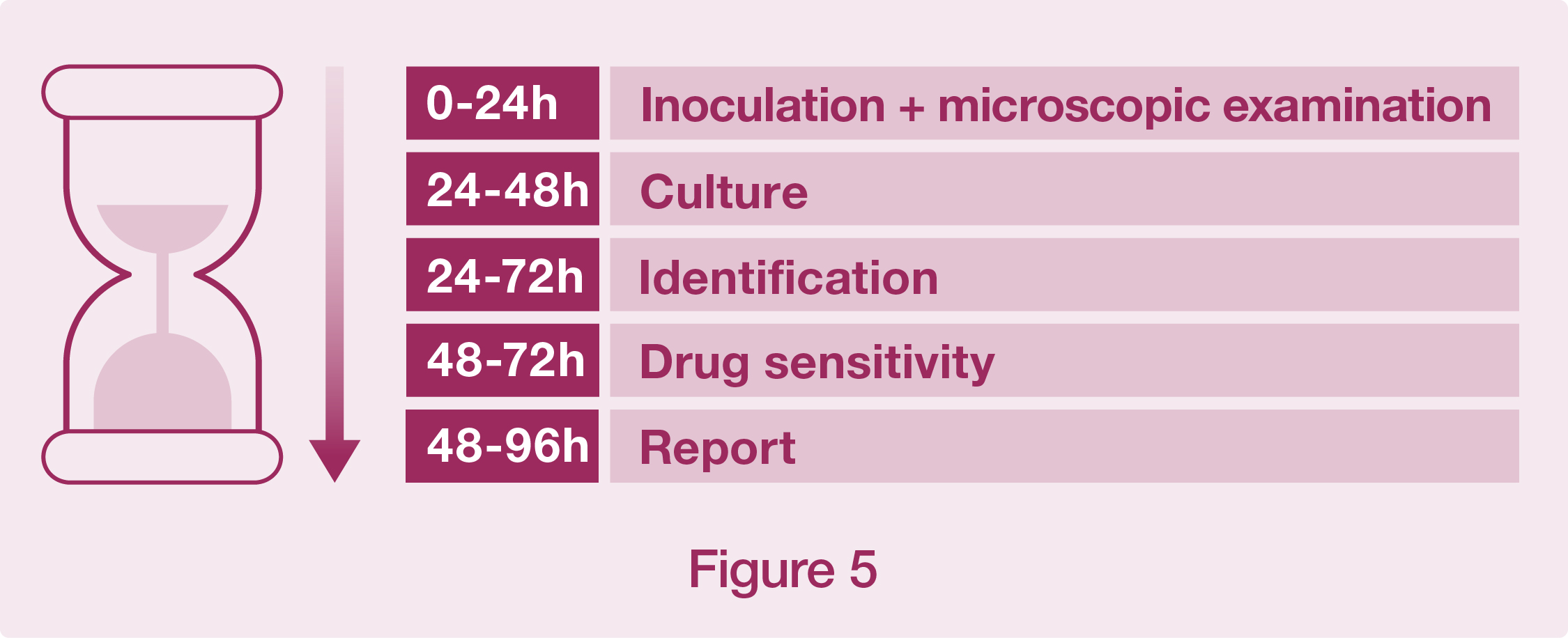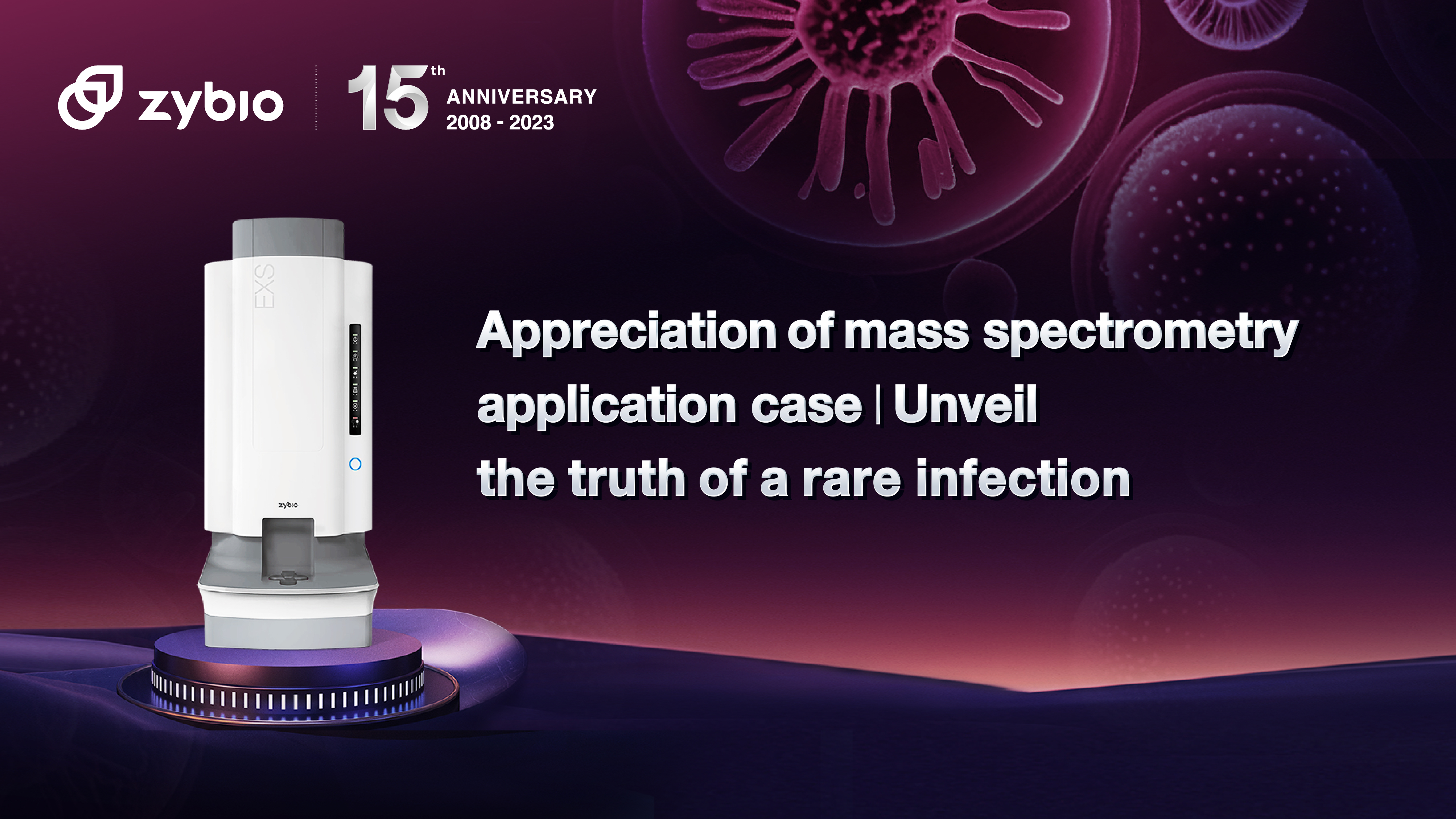Appreciation of mass spectrometry application case | Unveil the truth of a rare infection
Nov 07,2023 Zybio News

A child, male, aged 3 years and 7 months.
Conditions on admission: The child accidentally fell into a pile of firewood while playing, with the eyes contused and the face scratched and penetrated.
Admission diagnosis: ocular contusion, facial skin laceration and penetrating wounds.
Treatment scheme: The child was given debridement + cosmetic suture, and piperacillin/tazobactam for anti-infection treatment. After the surgery, the child had difficulty in opening his eyes, and there were many secretions in them. Fusarium proliferatum was observed by culturing the bacteria in the secretions, and the child was continuously given piperacillin/tazobactam combined with oral voriconazole tablets. The inflammatory indexes such as liver function, blood routine and crp were monitored regularly.
At the time of discharge, the child’s vital signs were normal and stable, and no abnormality in heart, lungs and abdomen was found. The incision of his wound healed well, without infection or dehiscence. Three months later, a follow-up call showed that the child recovered well and his eyes returned to normal status.

The child in this case had multiple wounds. After debriding and suturing the wounds, it was found that the patient may suffer from eye infection. The colonies with appearance of cotton fiber or villus were isolated from the secretions of the patient's eyes (Figure 1). It was a filamentous fungus under microscope (Figure 2), and the rapid mass spectrometry identification showed that it was a rare fungus — Fusarium proliferatum (Figure 3). This fungus may cause eye infection. If not treated in time, it will lead to corneal perforation or even blindness in severe cases. The child was less than four years old. If he was unfortunately blind, it would have much impact on the rest of his life and lead to a terrible result.


In this case, although morphology could also help us to make a definite diagnosis, we often find that many pathogens could not be determined by morphology alone in practice. At this moment, it is difficult to find a direction for even empirical treatment. Facing endless infection cases, our clinical microbiologists urgently need a fast and accurate technology to help patients and clinicians.
Compared with conventional biochemical identification methods, mass spectrometry can shorten the identification time greatly; when shortening the identification time, the accuracy rate of identification is not decreased. Instead, the identification accuracy is much higher than before; in addition, it has advantages of wide application range, simple operation, saving manpower and material resources, etc. At present, it can be said that mass spectrometry is a powerful weapon to detect microbes.
Mass spectrometry features high speed and high accuracy. Moreover, it has another outstanding advantage in my opinion: it can greatly improve the ability of clinical microbiology laboratories in identifying rare bacteria, doubtful bacteria, fastidious bacteria, anaerobic bacteria and so forth.
At present, there are three mainstream methods used for identifying pathogens: biochemistry, mass spectrometry and sequencing. The cost of biochemistry is the lowest, but its accuracy is not satisfactory; the first-generation sequencing is the gold standard, but it is expensive and time-consuming; mass spectrometry keeps a good balance between accuracy and cost. In terms of cost, it is cheaper than sequencing but more expensive than biochemistry; in terms of accuracy, it is more accurate than biochemistry but less accurate than sequencing. What's more, its speed is the highest among the three identification methods. (Figure 4)

Just think about, in our daily microbiological examinations, where do we most frequently meet difficulties? What is the most common reason for TAT delay? The process of pathogen identification is the bottleneck delaying our work. Without accurate identification results, it is impossible to conduct targeted treatment. (Figure 5)

With the introduction of mass spectrometry, the workflow of our microbiology laboratory has been deeply influenced and reshaped. The laboratory staff have higher work efficiency, shorter TAT time and win more trust from the patients and the clinical departments.
Like many other technologies, mass spectrometry is not a panacea. What is more important than cold instruments is the dedication in work and care about patients of each medical worker: being serious and rigorous, keeping improving; being a superior doctor with great virtues, and seeking supreme goodness.
By Li Meng, The First Affiliated Hospital of Guangxi Medical University
Editor's Note: Zybio Inc. provided technical support for this article, and the user of the mass spectrometer was invited to write the article for readers.

